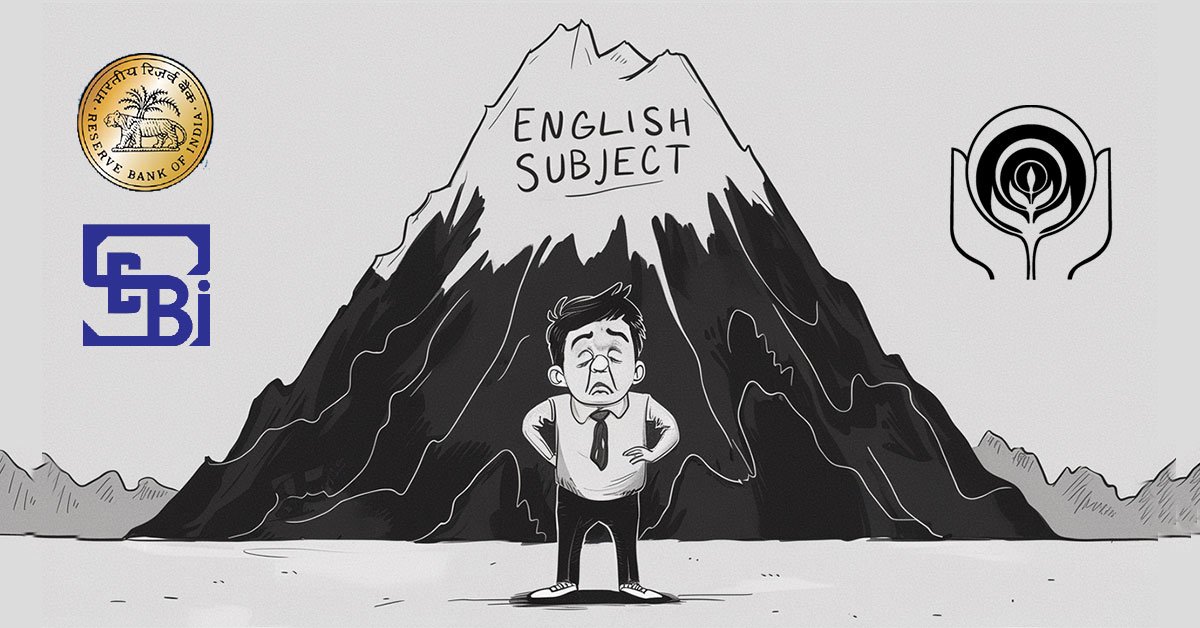Daily Current Affairs
Agri Business News
- US Election Impact on Australian Grain Industry
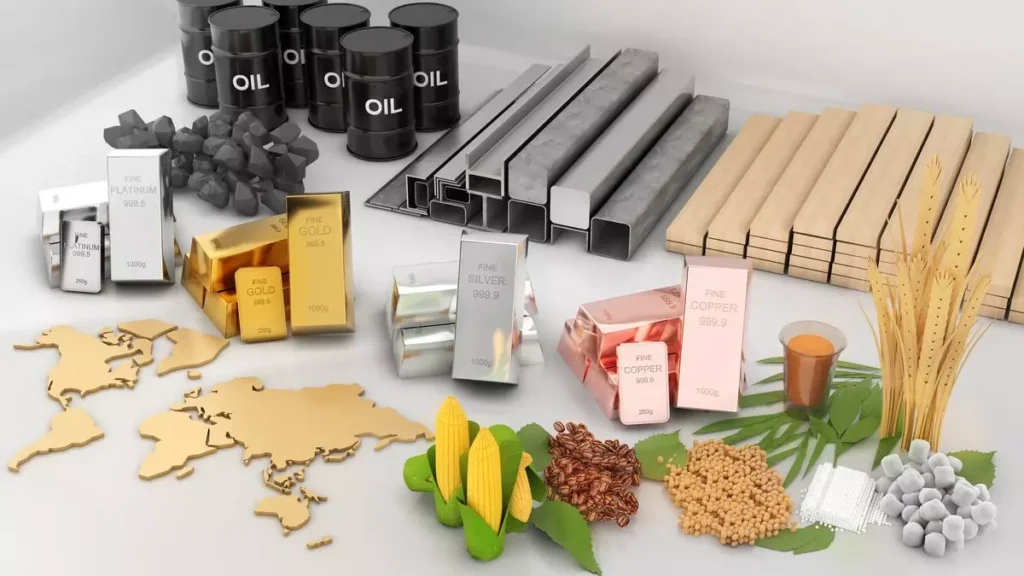
- The global grains market is concerned due to US President-elect Donald Trump’s ‘protectionist policy’ views.
- GrainGrowers, an organization aiming to increase the profit and sustainability of Australian growers, sees grain trade being affected by increasing US trade protectionism and geopolitical tensions.
- Trump’s America First policy platform includes plans to impose a 60% tariff on Chinese imports and 10% on all other countries.
- China’s industrial metals and steel industries could face headwinds if 60% tariffs are imposed on Chinese goods to boost US manufacturing.
- The dollar has been gaining over the past two sessions, with the rupee slid by 6 paise to 84.37 a dollar.
- On the agriculture front, soyabean, palm oil, wheat, milk, rubber, coffee, cotton, cocoa, sugar, and corn gained.
- GrainGrowers warns that the introduction of US tariffs could fuel a rise in protectionist measures, contributing to an unstable global trading environment.
- The report cites the World Trade Organisation (WTO) Director-General Ngozi Okonjo Iweala’s warning that Trump’s proposal to impose a 10% tariff could spark a “free-for-all” and affect the stability of international trade.
- Australia’s success in exporting barley to countries like Mexico after China imposed tariffs is highlighted.
- The Council of Food, Agricultural and Economic Resources (C-FARE) expressed concern over the US-China relationships, with China looking for other sources in crops such as soyabean.
- The sell-offs in bullion in the precious metals market are attributed to a lack of demand optimism.
America First: A Populist Political Theory
- Emphasizes “putting America first” in US politics.
- Policies include non-interventionism, American nationalism, and protectionist trade policy.
- Firstly used by President Woodrow Wilson in 1916 for neutrality in World War I.
- Later advocated by the America First Committee during the interwar period.
- Used by Donald Trump in his 2016 presidential campaign and presidency.
- Critics view Trump’s use of the policy as “America Alone”.
2. Urad imports from Brazil increase to 22,000 tonnes till October:
Australia’s chana production is estimated to be 13.3 lakh tonnes this year, up from 4.9 lakh tonnes in 2023, primarily for export to India.
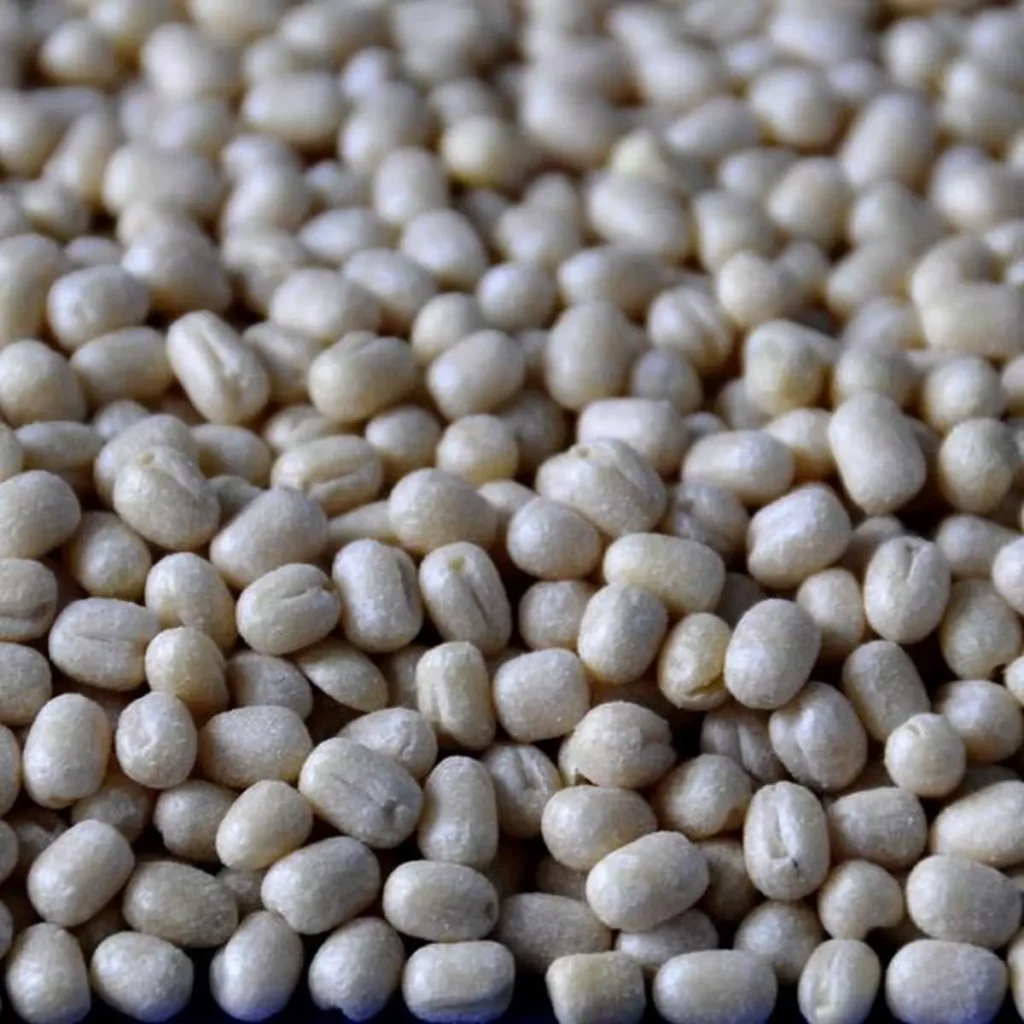
Brazil’s Urad Imports and Australian Chana Trade
- Urad imports from Brazil increased to 22,000 tonnes till October 2022, compared to 4,102 tonnes in 2023.
- Brazil has become a major supplier of urad and tur to India, according to the Ministry of Consumer Affairs, Food and Public Distribution.
- Brazil’s delegation met with Indian Consumer Affairs Secretary Nidhi Khare.
- Trade in pulses with Brazil and Australia benefits from cropping seasons contrast, allowing them to plan their cropping patterns.
- Australia responded to India’s duty-free import of chana in May 2024, increasing sowing area.
- Australia’s Chana Production estimated at 13.3 lakh tonnes (lt) for export to India.
- Fresh crop arrival in October boosts domestic availability.
- Price dampening in primary markets.
India’s Onion Production and Procurement
- Production of kharif pulses remains flat at 69.54 lt, despite a 7.4% increase in acreage.
- A 25% decline in urad production is attributed to untimely and incessant rains in key producing regions.
- Urad is mainly imported from Myanmar.
- Bulk transportation of onions from Nashik to major destinations like Delhi, Chennai, and Guwahati has been adopted for cost-effective disposal.
- The government procured 4.7 lt of rabi onion for price stabilisation buffer this year, which started release from September 5.
- Over 1.50 lt of onion in the buffer has been dispatched from Nashik and other source centres to consuming centres.
Points to Remember:
- Rajasthan is the largest producer of pulses in India
- Madhya Pradesh is the top producer of chana in India, contributing 26.9% of the country’s total chana production.
- India is the world’s top producer of chickpeas, accounting for 75% of global production in 2022.
3. Govt withdraws sugar stock disclosure order citing comfortable domestic availability:
The Food Ministry reports that the country has enough sugar to meet domestic demand year-round, following a review of sugar prices and availability.

India Withdrew Stock Disclosure Order on Sugar Traders
- The Centre withdrew the stock disclosure order on sugar traders, imposed in September 2023, citing the country’s comfortable sugar availability.
- The Union Food Ministry stated that sufficient sugar is available to meet domestic demand throughout the year after reviewing prices and availability.
- The weekly updation of sugar by traders/dealers/wholesalers/big chain retailers/processors is no longer required.
- The Ministry also informed the States that price, production, and availability of sugar will be reviewed periodically.
- The All India Sugar Trade Association demanded the immediate withdrawal of the stock disclosure order.
Indian Sugar Production Estimate for 2024-25 Season
- ISMA predicts net sugar production to be 29.3 million tonnes, down from 31.96 mt in 2023-24.
- Carry forward stock of about 8.5 mt from previous season ensures comfortable domestic market availability.
- India’s sugar consumption was approximately 29 mt in 2023-24, expected to remain around 29 mt in the current season.
4. Centre doubles fines for stubble burning:
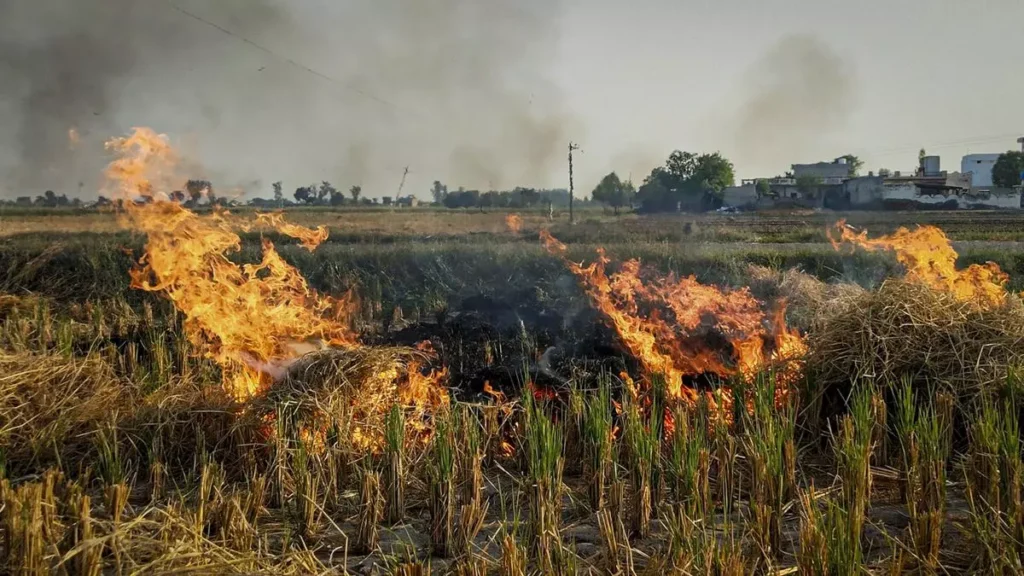
- Centre doubles fine for farmers burning crop residue due to deteriorating air quality in Delhi-NCR region.
- Penalty increases to ₹30,000 for those with more than five acres of farmland.
- Farmers with less than two acres now pay ₹5,000 environmental compensation.
- Farmers with two to five acres fined ₹10,000.
- Unfavorable meteorological conditions, vehicular emissions, paddy-straw burning, firecrackers contribute to hazardous air quality.
Delhi Pollution Control Committee Analysis
- Peak pollution in Delhi occurs from November 1 to 15 due to increased stubble-burning incidents in Punjab and Haryana.
- Factors include paddy-wheat cropping system, long-duration paddy cultivation, mechanised harvesting, labour scarcity, and lack of crop residue market.
- Farm fires contribute up to 30% of PM levels during peak burning periods.
- Environmentalist Sunita Narain identifies persistent sources of pollution, including transport and industries, as more significant.
Stubble burning, a common method for clearing fields after harvesting grains like rice and wheat, is a significant contributor to air pollution and a significant health risk due to its cheap and quick disposal.
5. Storage in key reservoirs down a tad this week:
India’s Major Reservoir Storage Decline
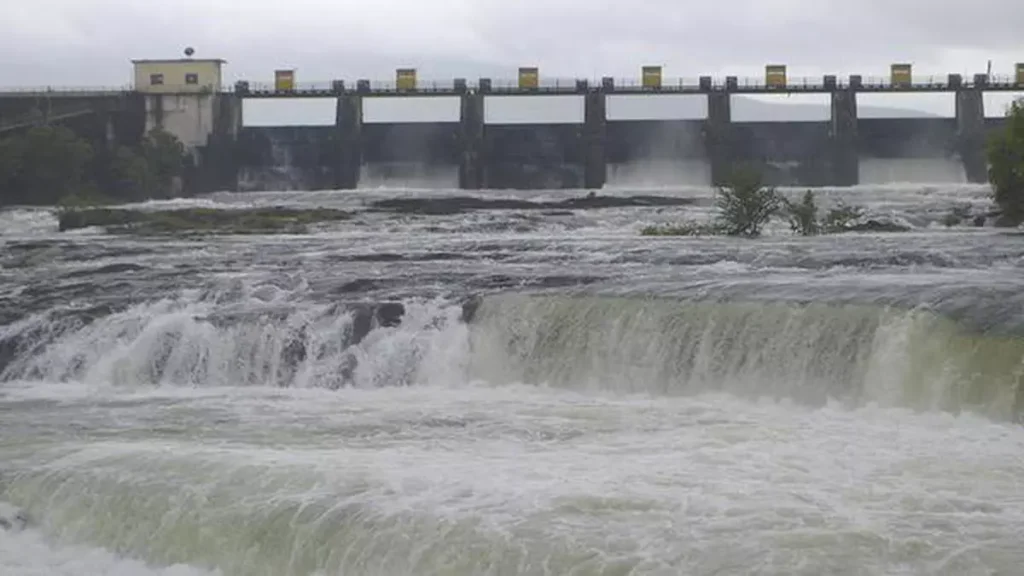
- Storage in India’s 155 major reservoirs decreased by one percentage point this week.
- The Central Water Commission (CWC) reported 86% of the 180.852 BCM capacity in major reservoirs.
- 61% of India received deficient rainfall from 723 districts from October 1-November 7.
- Prospects for the rabi season are promising with better reservoir storage and good soil moisture.
- Punjab, Himachal Pradesh, and Nagaland had lower-than-normal storage, Odisha returned to normal, Telangana and Andhra Pradesh had the highest above-normal storage.
- Storage this year is higher than last year and last decade’s level.
Northern Region Storage Levels and Storage Conditions
- Northern region’s reservoirs had 62% of capacity at 12.356 BCM.
- Himachal Pradesh showed improvement, Punjab fell to 53% below normal, and Rajasthan had 17% above normal.
- Eastern region’s reservoirs had 75% storage at 15.602 BCM, with West Bengal 38% above normal, Tripura 22% above normal, and Bihar 7% above normal.
- Western region maintained 96% storage at 35.999 BCM, with Gujarat 33% above normal, Maharashtra 16% above normal, and Goa normal.
Central Water Commission
Central Water Commission (CWC) is a premier Technical Organization of India in the field of Water Resources.
Formation: 1945
Minister: Chandrakant Raghunath Patil (Union minister of Jal Shakti)
Chairman: Kushvinder Vohra
Commission’s Responsibilities:
- Initiating, coordinating, and advancing water resource control, conservation, and utilization schemes.
- Involving State Governments in Flood Control, Irrigation, Navigation, Drinking Water Supply, and Hydro Power Development.
- Conducting investigations, construction, and execution of such schemes.
6. Lifting of MEP on non-Basmati rice helps India compete globally:
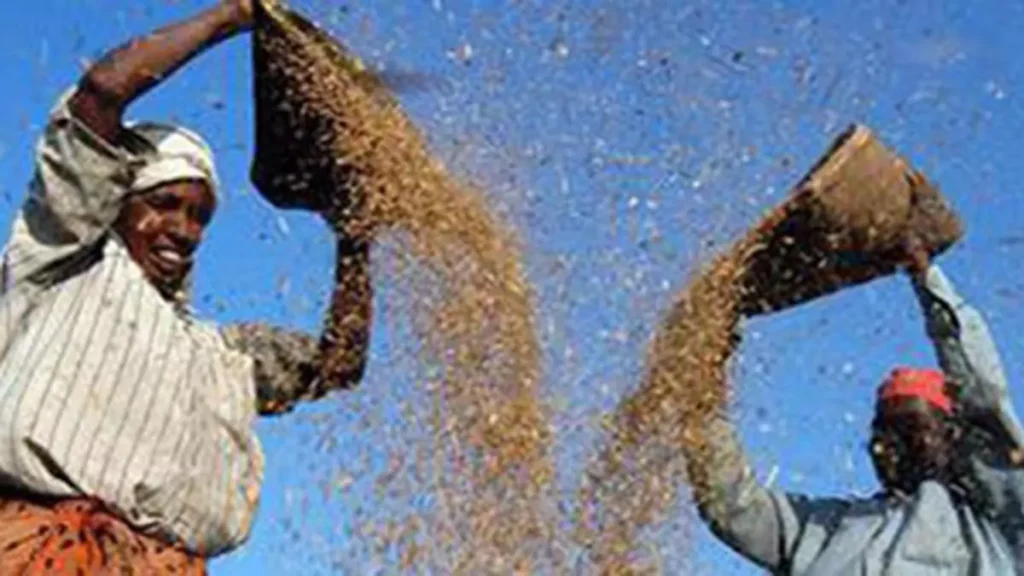
- Pattabhi Agro Food of India is the lowest bidder in the first tender for 50,000 tonnes of parboiled rice, quoting $477/tonne at Chattogram and Mongla ports.
- The Food Ministry of Bangladesh has announced another tender for 50,000 tonnes, set to open on November 18.
- Indian rice exporters cite the removal of the minimum export price (MEP) of $490/tonne and abolishment of export duty as a competitive advantage.
- Other bidders include SAEL Agri Commodities, Agrocorp International, and Aditya Birla Global Trading.
- India’s non-Basmati rice exports have increased by 46.52 lt ($2.25 billion) since April 1, largely due to the ban on white raw rice shipments and the 20% export tax on parboiled variety.
- The government’s decision to lift export restrictions has brought liquidity into the grain market, allowing farmers to sell their produce.
Indian Affairs
- The Supreme Court verdict on private property rights and its implications:
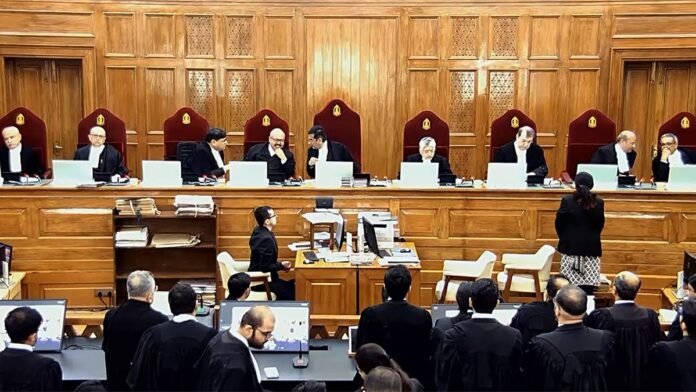
- The Supreme Court of India, comprising nine judges, ruled that not all private property can be considered a “material resource of the community” under Article 39(b) of the Constitution.
- The ruling was based on the “Directive Principles of State Policy” (DPSP), which mandates the State to adopt policies to distribute the community’s material resources to the common good.
- The court also examined whether laws enacted to further Article 39(b) could be shielded from constitutional challenges based on fundamental rights, such as the right to equality and freedom of expression.
- The Banking Companies (Acquisition and Transfer of Undertakings) Ordinance, 1969, was introduced to nationalize fourteen commercial banks in India.
- The Supreme Court struck down the legislation in the landmark case of R.C. Cooper v. Union of India (1970), invoking Article 31(2) of the Constitution.
- In 1971, the Parliament introduced Article 31C through the 25th Amendment to insulate such Emergency-era economic policies from judicial review.
- The amendment was challenged in the Kesavananda Bharati case (1973), which found that an amendment which offended the Constitution’s basic structure would be void.
- In 1976, Parliament introduced sweeping changes to Article 31C through the 42nd Amendment, ensuring that a law made in furtherance of any DPSP would enjoy immunity against a constitutional challenge.
- The Supreme Court struck down the amendment in Minerva Mills v. Union of India in 1980, reinforcing the primacy of fundamental rights over DPSPs.
- The ruling posed a conundrum: Does Article 31C now exist in its entirety, as outlined in the 25th Amendment, or did the Supreme Court restore the post-Kesavananda Bharati position, wherein only Articles 39(b) and (c) remain protected?
Indian Supreme Court’s Majority Vote on Private Property Acquisition
- The majority opinion ruled that not all private property falls under Article 39(b) for government acquisition to serve the “common good.”
- The Chief Justice argued this interpretation contradicts the “rigid economic dogma” advocating for greater state control over private resources.
- The majority rejected Justice V.R. Krishna Iyer’s interpretation in State of Karnataka v. Shri Ranganatha Reddy (1977), which emphasized the state’s interest in acquiring private property.
- The Chief Justice emphasized the need for a case-by-case assessment of communal significance of privately owned resources.
- The judges confirmed that laws enacted to implement Article 39(b) are protected by Article 31C from constitutional challenges.
- However, the Chief Justice stressed that acquisition of private property for public use must adhere to constitutional guarantees, including Articles 14 and 300A (right to property).
Justices Nagarathna and Dhulia’s Opinions on Article 39(b)
Justice Nagarathna:
- Recognizes certain private resources, especially those essential to public welfare, can theoretically fall within Article 39(b).
- Clarifies personal effects and everyday possessions should be exempt from this categorisation.
- Takes exception to Chief Justice Iyer’s “proposed judgment” critiquing the “Krishna Iyer doctrine.”
- Both judges criticized former judges and the socio-economic policies pursued by the state.
- Dhulia dissents, stating that excluding privately-owned properties from Article 39(b) risks undermining the broader objectives of the DPSPs.
2. ₹4.8 crore loan fraud scheme unearthed at SBI Sanathnagar, eight more arrested:
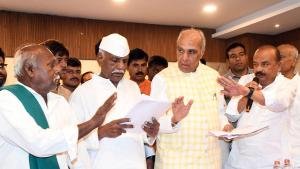
SBI Loan Fraud Scheme Arrested
- Eight associates of State Bank of India (SBI) in Sanathnagar, India, arrested for a ₹4.8-crore loan fraud scheme.
- The associates, including Mattepally Srishanth, Pole Vishal, Dagala Raju, Sudhansu Shekhar Parida, Md. Wajeed, U. Sunil Kumar, Bhaskar Goud, and Amanchi Upender, were arrested.
- Karthik Rai, former SBI Sanathnagar Branch Manager, was arrested on May 20.
- The fraud involved fraudulent loan approvals, forged documents, and illegal fund diversions.
- The scheme was led by Md. Wajeed, with T Dagala Raju and Sudhansu Shekhar Parida posing as employees.
- The group misrepresented applicants as salaried employees, sanctioning eight loans totalling ₹1.02 crore.
- A 30% share of the loan amount, totalling ₹30 lakh, was divided among the conspirators and transferred to third-party accounts.
- Rai deceived customers by claiming a loan was being closed and a fresh one would be sanctioned.
- In cases of a customer’s death, Rai claimed funds without knowledge of the deceased’s legal heirs.
3. One Rank One Pension (OROP) scheme is a tribute to the courage and sacrifices of our veterans and ex-service personnel: Prime Minister:
Prime Minister Narendra Modi Commemorates Ten Years of One Rank One Pension (OROP) Scheme
- PM Modi marks ten years of OROP scheme, a tribute to veterans and ex-service personnel.
- OROP is seen as a significant step towards addressing long-standing demand and reaffirming gratitude to heroes.
- Modi assures the government will continue to strengthen armed forces and improve the welfare of those who serve.
- Over the decade, lakhs of pensioners and pensioner families have benefitted from OROP.
One Rank One Pension (OROP) in India: A Policy Shift and Impact
- Re-fixation of Pensions: All past pensioners’ pensions are based on those of personnel who retired in 2013, starting from July 1, 2014.
- Periodic Revision: The pension is re-fixed every five years to reflect changes in pay and pension structure.
- Arrears Payments: Arrears of pension are paid in equal half-yearly installments, except for family pensioners and gallantry awardees.
- Safeguarding Above-Average Pension: For personnel drawing pensions higher than the average, their pensions are protected.
- Inclusion of All Ex-Servicemen: The order covers all personnel who retired up to June 30, 2014.
Impact on Veterans and Their Families
- The OROP scheme has benefitted over 25 lakh veterans and their families, providing financial security and ensuring greater dignity for their service.
Economy
- Crude benefits, climate woes may be in store as Trump takes hot seat:
CTOs Discuss AI, Cybercrime, and Regulatory Compliance at BFSI Insight Summit 2024

- CTOs discussed issues like data security, cybercrime, and regulatory compliance.
- Indian data is unprepared for AI due to unstructured nature and legacy systems.
- Lack of standardisation and integration of older data infrastructure with new AI technologies pose challenges.
- Balancing innovation with regulatory compliance is a key challenge.
- CTOs face pressure to adopt cutting-edge solutions while adhering to industry standards and safeguarding customer data.
- Regulatory pressure prompts further technological enhancement to avoid regulatory action.
Science and Tech
- Bengaluru City’s First Digital Population Clock Launch:
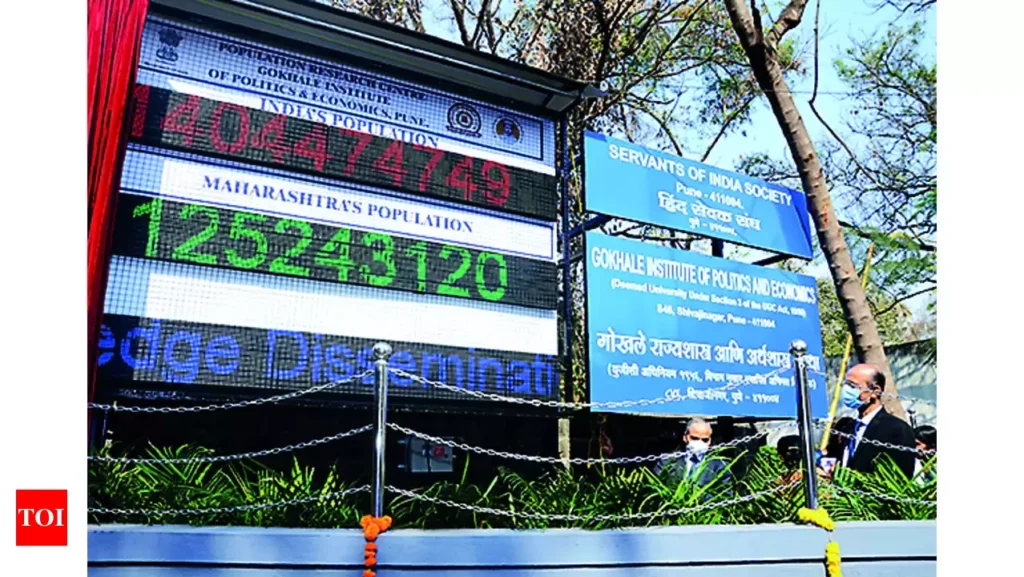
- Bengaluru City’s first digital population clock to display real-time estimates of Karnataka and the country.
- The clock, jointly developed by ISEC and the Union Ministry of Health and Family Welfare (MoHFW), will update Karnataka’s population every minute 10 seconds and the country’s population every two seconds.
- The clock, equipped with a satellite connection, aims to raise awareness about population growth and provide authentic data for researchers and scholars.
- The Census Data Research Workstation, established by the MoHFW, will provide researchers and students with access to comprehensive census data for in-depth analysis and research on demographic trends.
- The event will be inaugurated by Kal Singh, ISS, Director General (Statistics Division), MoHFW, Sukhadeo Thorat, Rakesh Kumar Maurya, ISS, Deputy Director General (Statistics Division), MoHFW, and ISEC faculty and students.
2. BS BFSI Summit: Indian data not yet ready for AI decade, say CTOs:
CTOs Discuss AI, Cybercrime, and Regulatory Compliance at BFSI Insight Summit 2024
- CTOs discussed issues like data security, cybercrime, and regulatory compliance.
- Indian data is unprepared for AI due to unstructured nature and legacy systems.
- Lack of standardisation and integration of older data infrastructure with new AI technologies pose challenges.
- Balancing innovation with regulatory compliance is a key challenge.
- CTOs face pressure to adopt cutting-edge solutions while adhering to industry standards and safeguarding customer data.
- Regulatory pressure prompts further technological enhancement to avoid regulatory action.
3. C-DOT and CSIR-CEERI signs agreement for “Development of Multiport Switch with Tuneable Impedance Matching Network for a Single Broadband Antenna to Cover 2G, 3G, 4G and 5G Bands”:
India’s Centre for Development of Telematics (C-DOT) and CSIR-CEERI collaborate on a Multiport Switch for a Single Broadband Antenna.
- The project, funded under the Telecom Technology Development Fund (TTDF) scheme, aims to cover 2G, 3G, 4G, and 5G bands.
- The project will focus on Microelectromechanical technology-based switching networks.
- The agreement was signed during a ceremony attended by C-DOT Director Dr. Pankaj Kumar Dalela and CSIR-CEERI principal investigator Dr. Deepak Bansal.
- The technology will cover all bands in a single antenna without noise.



